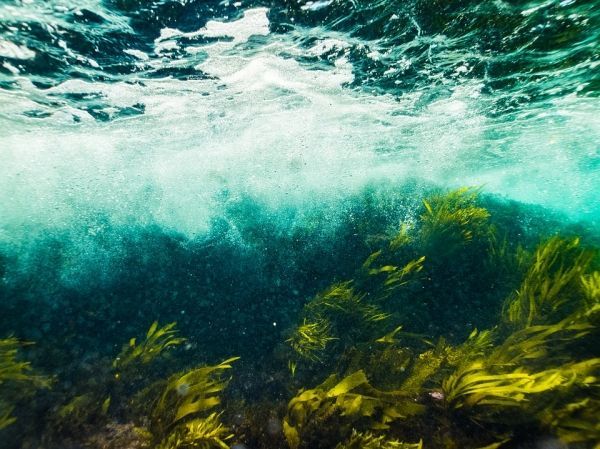A lush canopy is a defining feature of most of the planet’s forests. But canopy-forming species can be particularly vulnerable to disturbances and environmental change. So the question is: What is a forest without its trees?
A new paper out of UC Santa Barbara’s Marine Science Institute (MSI) and the University of Virginia seeks to address part of this question by looking at how the productivity of kelp forests changes when its biggest species is gone. After a 10-year removal experiment, the researchers discovered that, while smaller understory algae did take advantage of the brighter conditions, they weren’t able to compensate for the lost productivity of the missing giant kelp, the largest alga in the world. The study, published in Ecology Letters(link is external), covers only one aspect of forest ecology; however, it reveals the fundamental importance of canopy-forming species.
A forest canopy performs many functions. It forms habitat, creates microclimates, provides food and much more. The understory can’t fill all these different roles, but there is one place where it could compensate for the loss of the canopy: primary production, which is how much organic carbon plants and algae produce from sunlight during a given amount of time in a given area.
Read more at University of California - Santa Barbara
Photo Credit: BenPixabay via Pixabay


